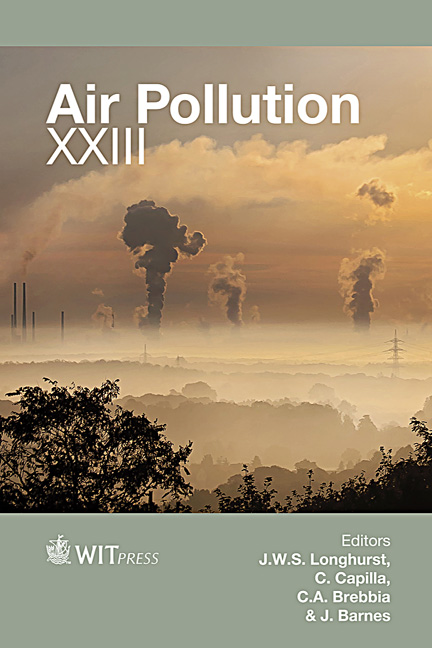Surface Inversion Characteristics In The Nocturnal Boundary Layer Of Guadeloupe And Its Impact On Air Quality
Price
Free (open access)
Transaction
Volume
198
Pages
10
Page Range
265 - 274
Published
2015
Size
1,330 kb
Paper DOI
10.2495/AIR150221
Copyright
WIT Press
Author(s)
T. Plocoste, S. Jacoby-Koaly, J. Molinié, F. Bade
Abstract
Dispersion of pollutants in the atmosphere strongly depends on its stability. In nocturnal stable conditions, occurrence of a surface thermal inversion can trap air pollutants near the ground. Such inversion develops after sunset consecutively to radiative cooling of the ground and is dissolved by convection in the morning. In literature, few studies deal with this phenomenon in the tropics. Through measurements carried out in Guadeloupe, we study the inversion depth and intensity from Météo France (MF) soundings at 7 am (11 UTC) in 2011 and 2012. We are also concerned here with its impact on air pollutants concentrations. We detect more cases of surface inversion at the beginning and at the end of the year. Annual global radiation and time of sunrise evolutions are key parameters for understanding its detection on MF soundings at 7 am. We find a surface inversion with average height of 121 m and average intensity of 1.8°C. When the night inversion is still visible on the early morning temperature sounding, simultaneous pollutants primary measurements always show higher concentrations. At sounding time we get on average, 23.3 μg.m−3 of NO concentration with inversion and 11.8 μg.m−3 without.
Keywords
surface inversion, nocturnal boundary layer, soundings, air quality, Guadeloupe





